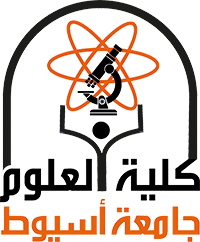Ground-penetrating radar (GPR) is a noninvasive near-surface geophysical method. This method
is beneficial for imaging, characterization, and intrasite analysis of buried archaeological remains
within culture sediments at Ginah archaeological site. The investigation of these targets has intrinsic
value and has never been conducted at this site. In this study, GPR can be utilized to conduct a more
focused survey on individual features and understand their structures, dimensions, and depths. The
field survey on the studied area was conducted by SIR 4000 with 200 and 400-MHz antennae using
RADAN 7 software. The processed GPR radargrams, depth slices, and 3D subvolumes are used to
illustrate typical georadar facies associated with the stratigraphy and architectural elements of the
buried archaeological remains. The facies analysis helps to identify the nature of cultural sediment,
constructed materials, and the anticipated archaeological artifacts at various depths. These detected
features are beneficial for presenting a compelling justification of nature, constituents, architectural
patterns, and historical cultures. Also, this information is used to make guesses based on what is
seen in the field and the archaeological history found in the ruins of Ginah, Al-Ghuieta, and Al-Zayyan
fortresses along the Darb El-Arbine route. This information is essential to assume different successive
ancient periods at the examined site, which can help specialists hasten their excavations.
ملخص البحث
تاريخ البحث
قسم البحث
مجلة البحث
Scientific Reports
المشارك في البحث
الناشر
springier nature
تصنيف البحث
Q1
عدد البحث
15
موقع البحث
https://doi.org/10.1038/s41598-025-10570-5
سنة البحث
2025
صفحات البحث
26478

